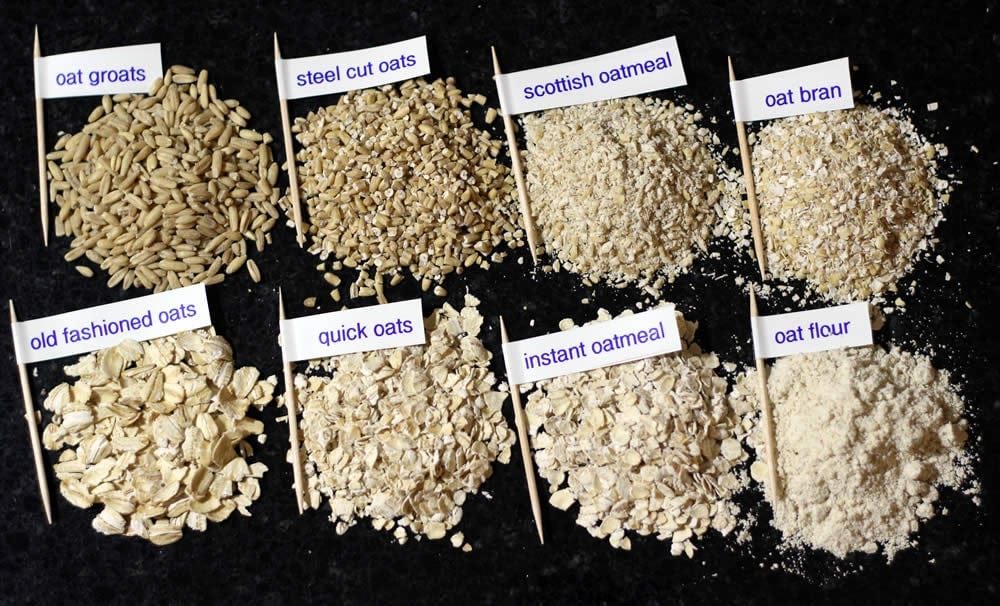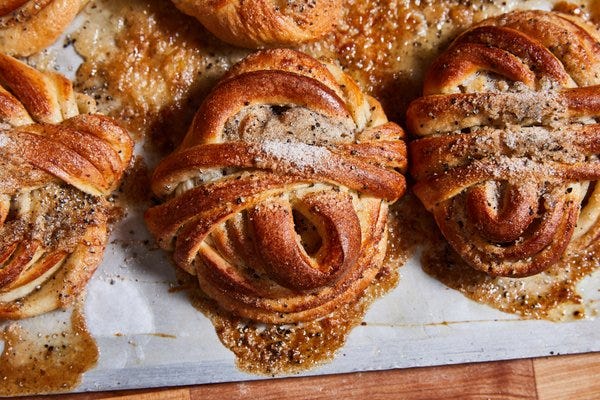I was very lucky to grow up without any food allergies, but that doesn’t mean that I escaped having aversions to any number of ingredients lying around. I consider aversions anything that would give you goosebumps or would give you chills down your spine, not a call to the emergency room. It’s also something you don’t actively avoid, but you’d never choose to order it at a restaurant. Thank God I wasn’t born with the gene of cilantro tasting like soap because I can’t quite imagine my life without that incredible flavor.
Nuts on the other hand, were a completely different story. When my mom’s brownie traying came out of the oven with walnuts in one half, it felt like she had intentionally spoiled half the batch so that I wouldn’t eat that. I couldn’t understand why peanuts were something to eat at baseball games when sunflowers seeds and Big League Chew was also an option. Don’t worry - I ate my fair share of peanut butter growing, but their unroasted, salty cousins meant nothing to me.
I’m embarrassed to admit that it took me until I was twenty-three to sit back and ask myself “why don’t I like nuts, yet so many folks around me eat them as a healthy snack?” So I dug in and bought a tub of walnuts as my snack for lunch. Over the coming months I started to pick up on their pleasant butteriness, bitterness and found that I actually really liked them. Now I eat pistachios, baru nuts, macadamias (my fav) and all sorts that I would have been bummed to miss out on had I not given them a real dedicated shot.
Acquiring a taste takes time, context, curiosity and intention. Food is a language in this way - getting to understand the nuances of vocabulary and grammar takes dedication and studying. The language that I could never crack was oatmeal.
the long oatmeal struggle
Instant oats are a grave sin against humanity. I’m not sure why we’ve lionized Larry Quaker’s packets of cinnamon sugar gruel. I had this burning feeling like everyone was pretending this was something to cherish and fill you with stick-to-your-ribs comfort in the dim winter mornings. It continued to tighten this philosophical knot of knowing others found something delicious and that good for you, but personally I would rather fast than spoon up a glop of clumpy soaked grains near my lips.
But this is when I realized, even more so than the nuts, that not all foods reveal themselves with similar ease or in the same timeframe. The seeds of food aversion all require different growing conditions to flower into beautiful fields of food desire.
porridge turning point
My first major breakthrough happened in Scotland. Early mornings of my month-long stage on 158 Dalkieth Road at Edinburgh Food Studio were welcomed with a hot bowl of porridge. After giving up on cooking breakfast for another hour of sleep, I succumbed to the pressure of diving headfirst into this mush.
I asked one of the Scottish cooks to take the lead on showing me how he made his bowl. After all, Scots and porridge are a perfect symbiosis of a grain and a culture. The low temperatures and high humidity of Scotland were great for oats, while porridge is nutrient dense and resource efficient. This cook took it upon himself to make this steaming bowl with muscovado sugar, walnut oil (see, I’ve evolved by this point) and cold milk to bring it to the perfect Goldilocks temperature.
It sounds like I’m overstating this, but this bowl really set me down a path that I wasn’t sure I wanted to get off. I looked forward to this treat every morning, especially after rough services and long nights. It gave my stomach a hug and told me that the next twelve hours would fly. I recognized that the whole time, I didn’t like instant oats. Scottish oats are dehusked and coarsely milled into a flour that gives them both more bite and creamier mouthfeel. The texture really impacted my desire to eat these grains.
As I moved on from the stage, I lost touch with the grain again, and it faltered in becoming a morning staple. Eggs and toast were unmatched on the battlefield that was my breakfast plate, and I don’t think they had any interest in giving up that title.
scandinavian revelation: oats can be savory
New Nordic cuisine was inspired by many Japanese and Korean techniques. That boom was still going on when I was in the Danish capital, with noodle shops opening, haute Chinese cuisine and, of course, all the ferments that come along with it.
Because I was working on a student’s “salary” I didn’t have much set aside for spending and found I would read and run in my free time (run with me!). I’m talking like, accidentally breaking my personal record for a half marathon levels of boredom, folks.
Anyway - I would bike after my runs and I would treat myself with a variety of fine pastries, like kardemummabulle, a nice cup of coffee to sit and read, and when I was feeling especially good, a stop by Hart Bageri for rugbrød that cherish every last crumb of.
One day, one of my friends at the shop had mentioned a place in one of the downtown markets, called Torvenhallerne, where they had gone for breakfast. I loved this little farmer’s market, yet never purchased much besides sunchokes and varietal root vegetables (again, a student “salary” only gets you rutabaga varietals folks). When she had said they went to get savory porridge, my ears perked up. The last time I worked in Europe and one had uttered this word, I had been delighted with a glorious new reality.
The following Saturday, after a dogged run, I decided to walk Frederiksborggade towards Nørreport and stop by the spot - Grød. It essentially is a Scandinavian-inspired take on the Chinese congee, Korean juk, and Filipino lugaw. Instead of using the rice as the base grain, Grød used oats and barley. With a similar climate to Scotland, these have historically been important in Danish cuisine too. And this savory form of oat porridge is where I was finally baptized in the gooey pool of oats: congee. Chicken stock, poached eggs, and long-simmered grain with the same toothsome nature of the Edinburgh porridge.
taste, patience, and second chances
We evolve with food. Textures that we don’t like in one context, like oatmeal, can be the source of addiction in another, like rice pudding. If you’re not allergic to a particular food and just don’t like it, you’re lucky. I would urge you to find different ways of preparing it though because like many aspects of life, things don’t always click at first. That doesn’t mean they’re not worth returning to and learning about their context. Oatmeal was consistently my archetype of bland, yet now it’s something I eat half the week. You never know what world you may be leaving on the table, so be sure to revisit foods you’ve written of, you may have just not found its place in your vocabulary quite yet.
P.S.
my congee recipe
I didn’t take a photo, but it’s good.
Makes 4 servings
5 cups of water
1 cup of oats/rice/grain
2 tbsp dark miso
1 tbsp Chinese black vinegar
2 tbsp tomato paste
1 packet dashi from Dashi Okume
1 tin of sardines
nigella sativa
pepper
salt
paprika
garlic
onion
1 egg (optional)
Boil water and add dashi packet, and spices to taste. Simmer for 5-6 minutes and remove packet. Add oats, dark miso, tomato paste, vinegar and simmer for another 10 or so minutes. Drain oil from sardine tin and rinse out a few times with water. In the last 4 minutes, drop in the optional egg, cover the pot and turn off the heat. Serve with sardines on top. Add something fun on top. Scarf it down.







